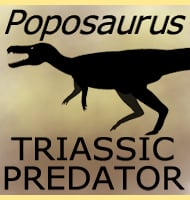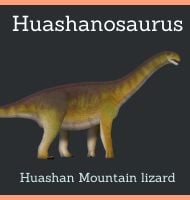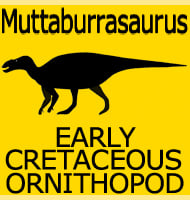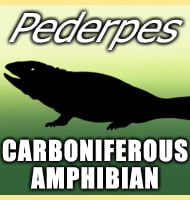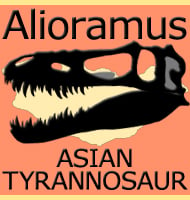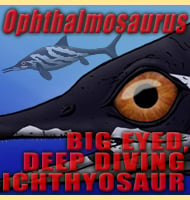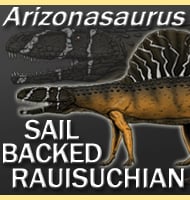In Depth
Madtsoia is the genus that was used to name the Madtsoiidae group of prehistoric snakes that include others such as Gigantophis of North Africa to the much later Wonambi of Australia. Madtsoia is one of the older members with fossils indicating that it was active during the time of the dinosaurs. Unfortunately no one can say for certain what the exact upper size for Madtsoia could be. This is because there is so far no complete specimen recovered with existing remains of only scattered vertebrae known. These vertebrae do however suggest that Madtsoia did grow to a huge size, although it probably did not grow as large as the huge Titanoboa which is currently regarded as the biggest snake to ever live.
Like other members of its group, Madtsoia was a constrictor, a snake that squeezes its prey to death. How this method kills its prey is actually still a matter of debate, but it either squeezes the ribs so that air cannot be breathed, or the pressure of the snake squeezing causes the heart to stop beating (cardiac arrest). Before the KT extinction sixty-five million years ago, Madtsoia probably hunted small dinosaurs, and possibly also small mammals when young. After the extinction Madtsoia would have had to focus on the newly evolving mammals, birds and possibly other reptiles like crocodiles, a precedent which has been observed in the modern world.
Madtsoia’s continued entry beyond the extinction that saw the end of the dinosaurs is potential proof that not all of the large animals died out. However the saving grace for Madtsoia was probably its cold blooded and slower metabolism. While the dinosaurs may not have been warm blooded in the classical sense, they probably had fast metabolisms through the processes of gigantothermy and insulatory feathers. This meant that they needed constant and larger amounts of food which was no longer available which resulted in them starving. Snakes however, along with the crocodiles could essentially shut down and make do with less food for longer periods. All they had to do was wait for the planet and ecosystems to start to recover which would not have necessarily been a long amount of time.
Further Reading
– A new fossil snake from the Notostylops beds of Patagonia. – Bulletin of the American Museum of Natural History 67:1-22. – G. G. Simpson – 1933. – Noveaux restes d’un serpent Boid� (Madtsoia madagascariensis nov. sp.) dans le Cr�tac� Sup�rieur de Madagascar. – Bulletin du Mus�um national d’Historie naturelle, S�rie 2, Paris (33)152-160. – R. Hoffstetter – 1961. – Fossil snakes from the Palaeocene of S�o Jos� de Itabora�, Brazil. Part I. Madtsoiidae, Aniliidae. – Palaeovertebrata 27(3-4):109-144 – J. -C. 1998. – A new species of the snake Madtsoia from the Upper Cretaceous of India and its paleobiogeographic implications. – Journal of Vertebrate Paleontology 31 (3): 588–595. – D. M. Mohabey, J. J. head, J. A. Wilson – 2011.


